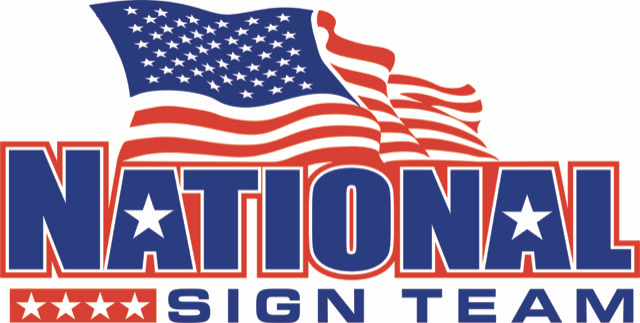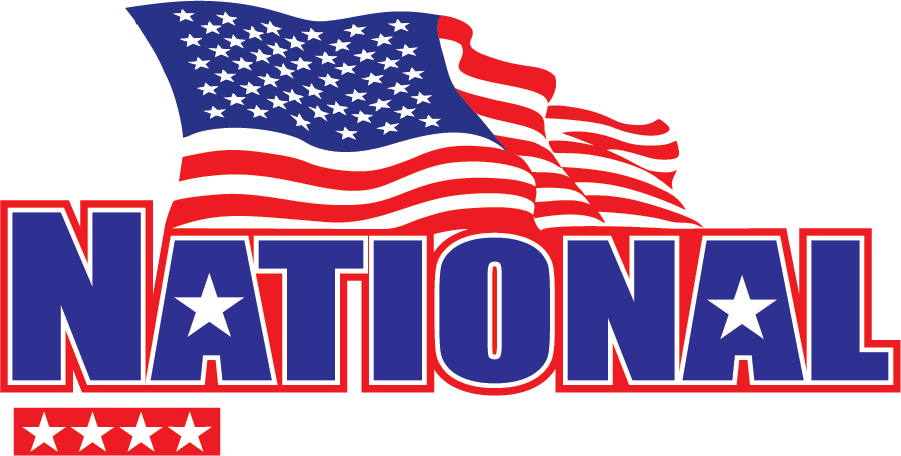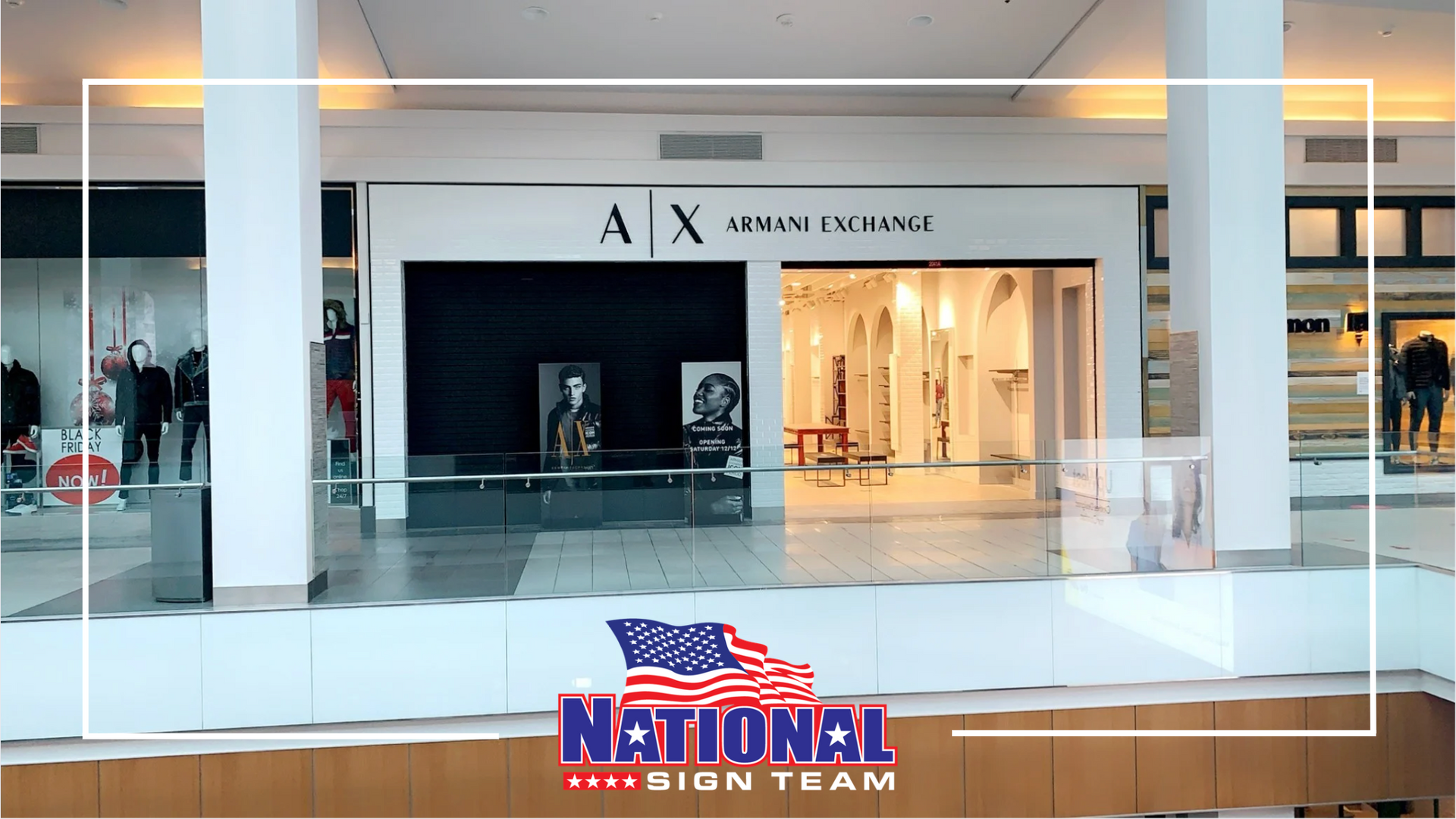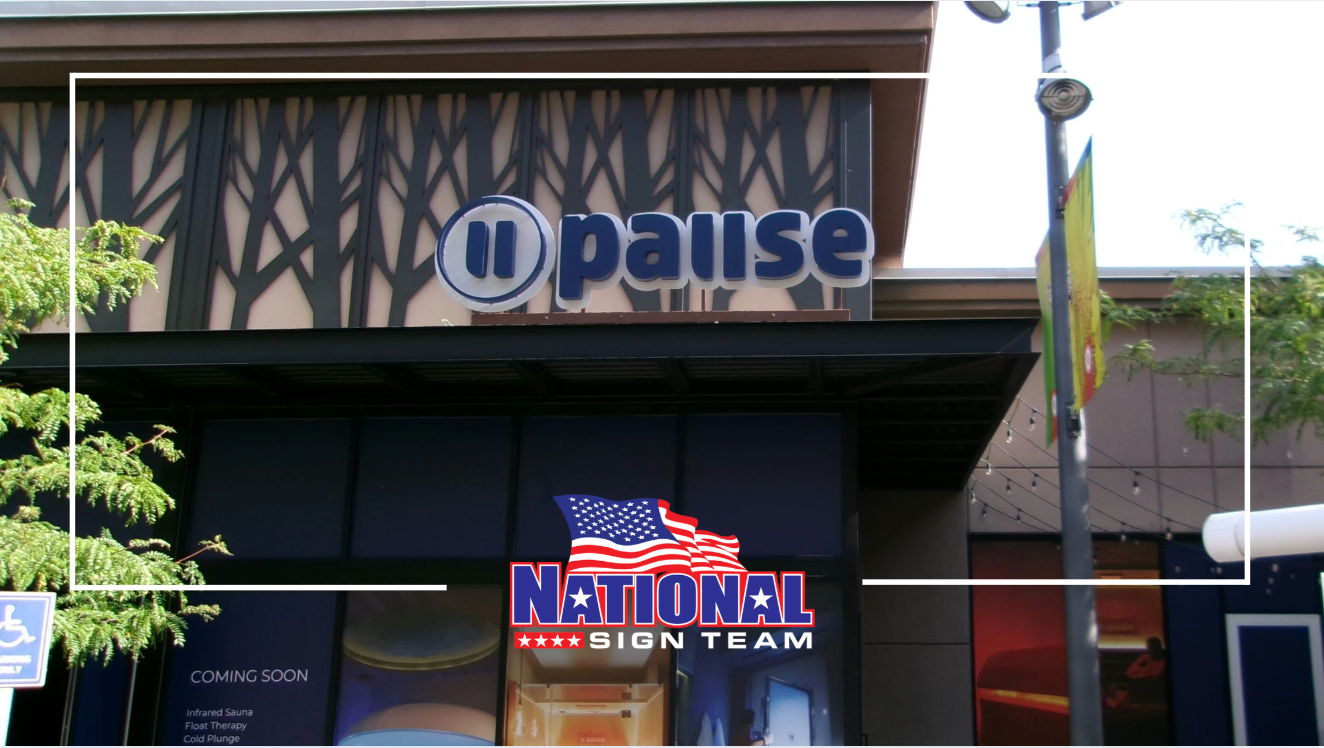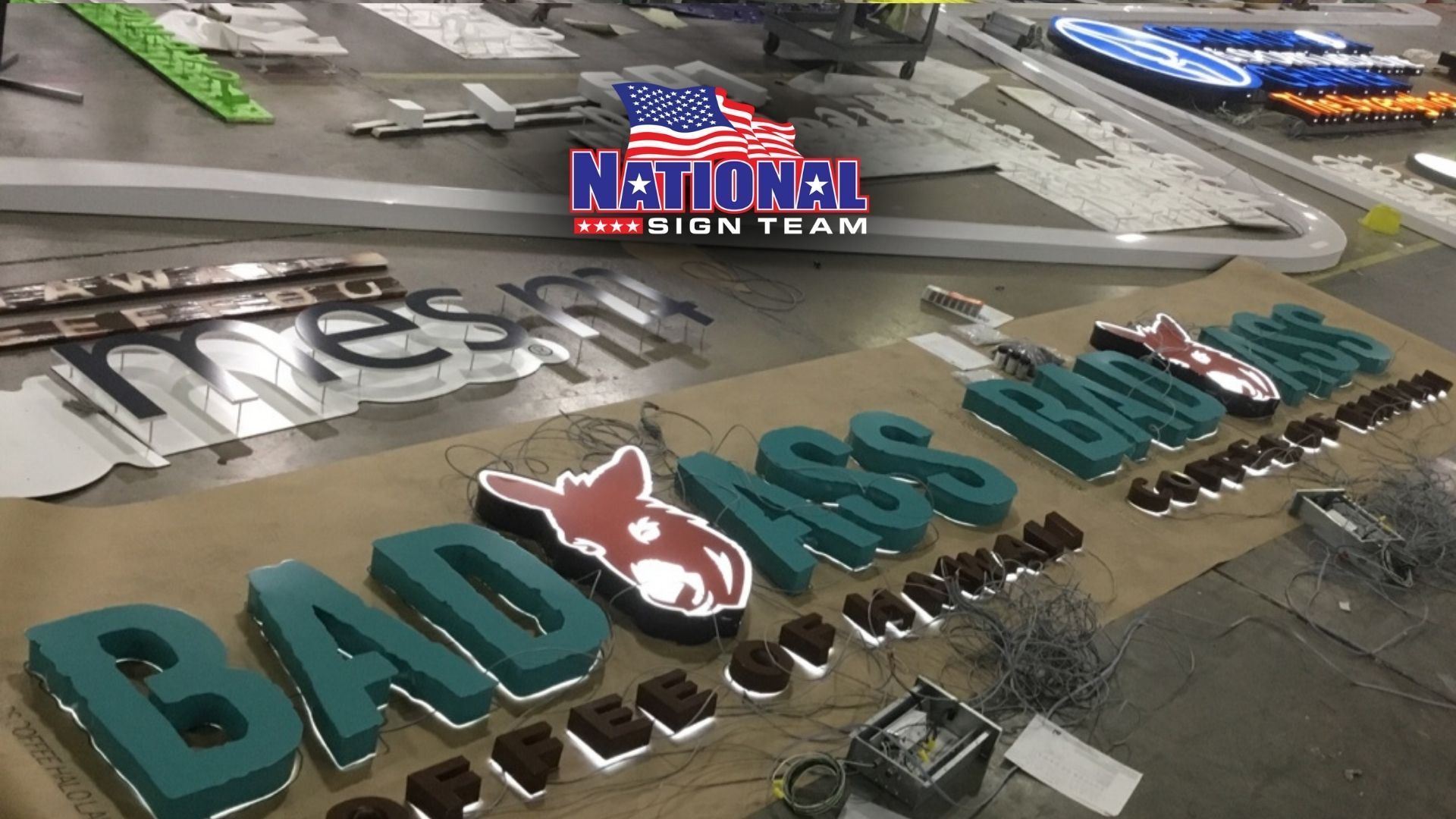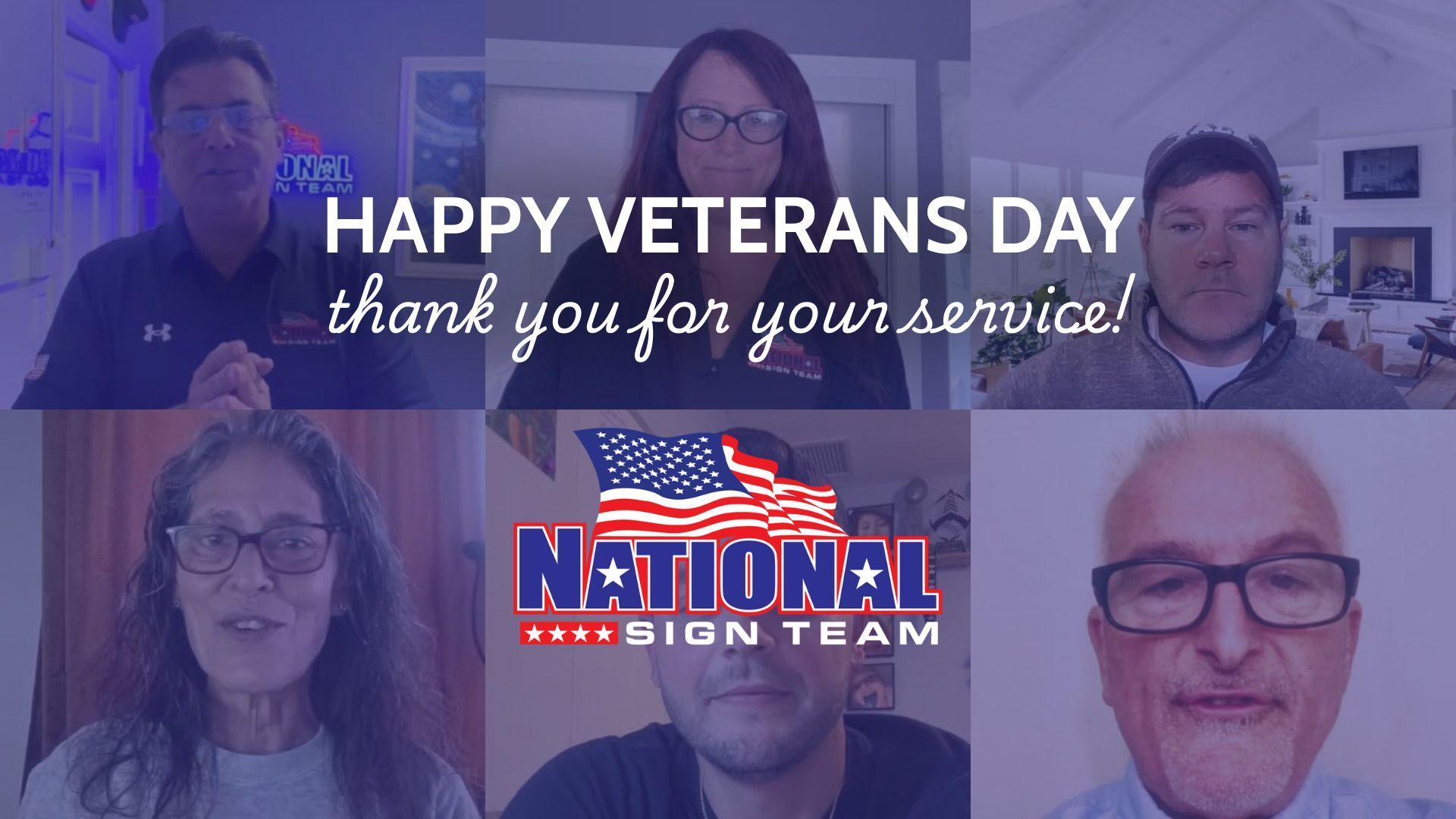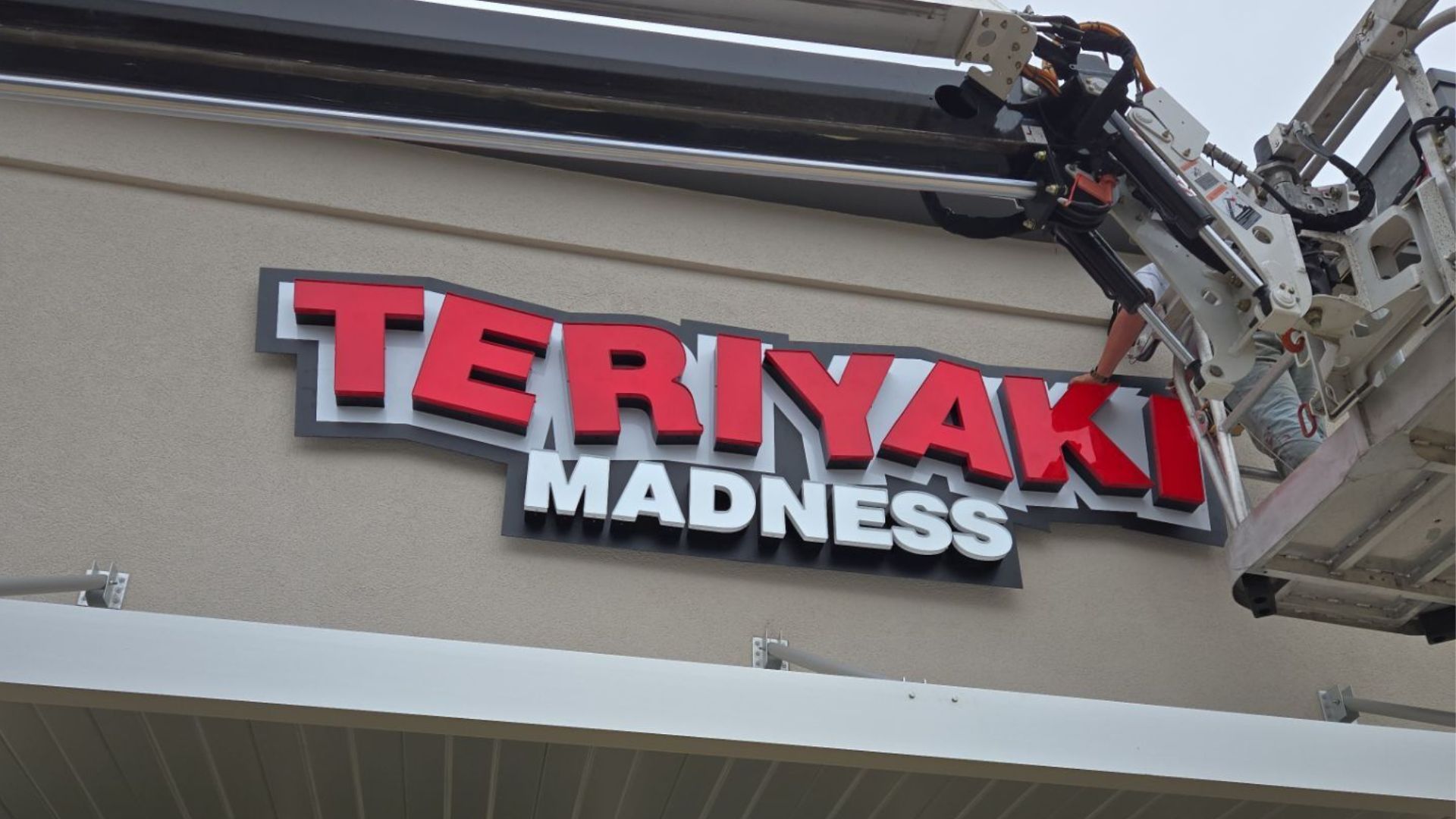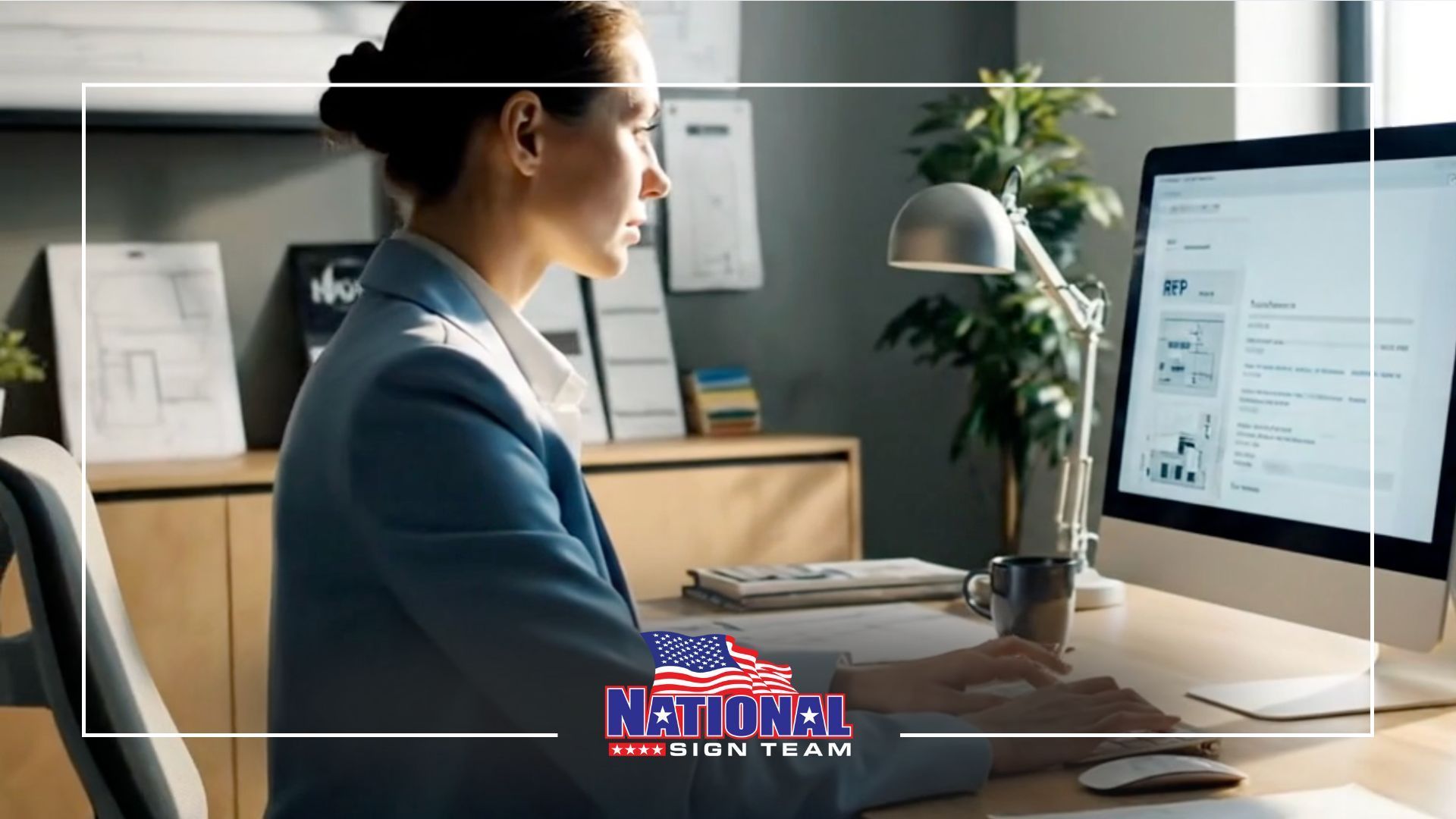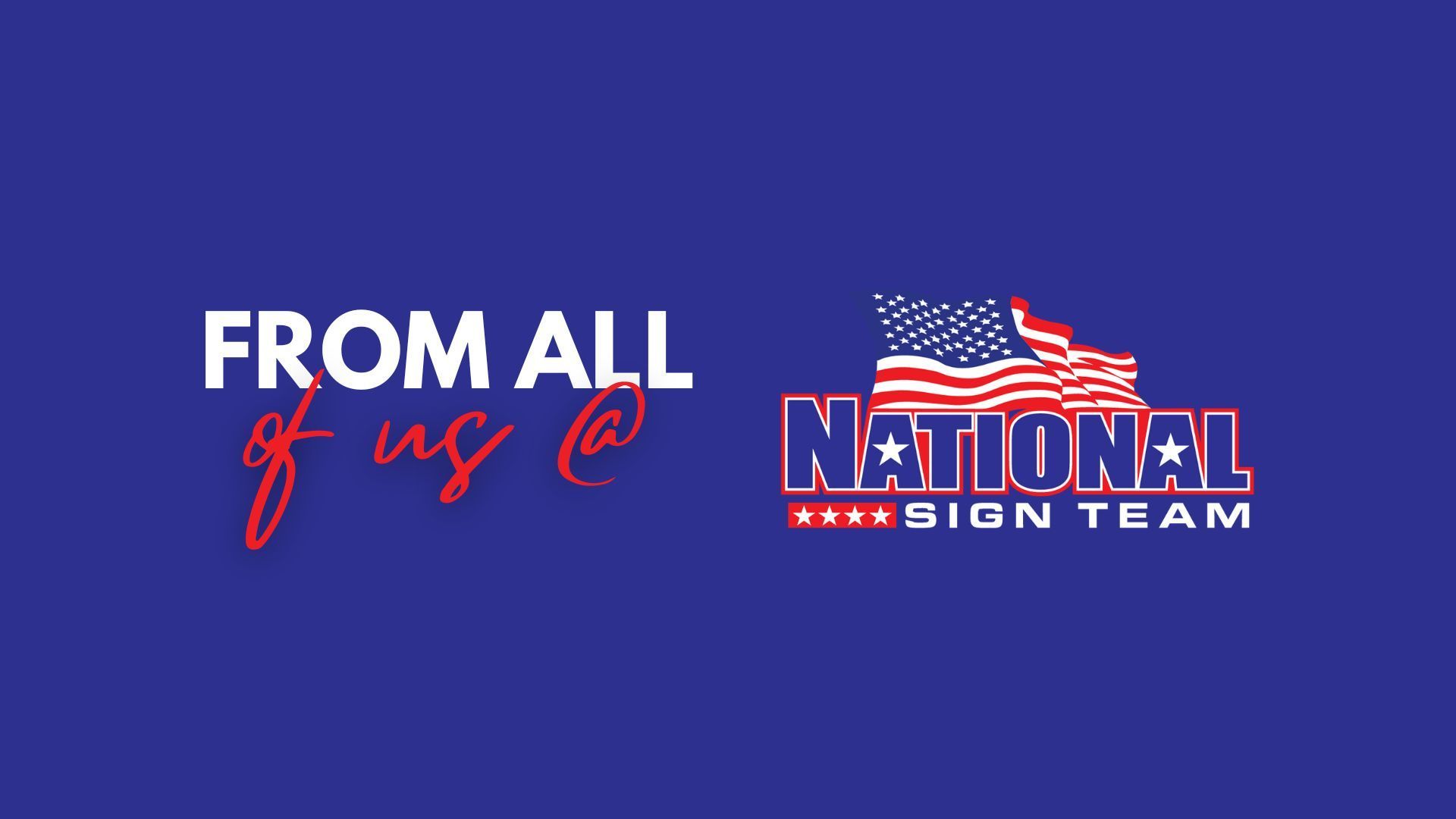Signage and Site Surveys for a Turnkey Installation
A signage site survey ensures compliance, visibility, and proper placement. Learn why it’s crucial and how to prepare for a smooth installation.
Proper Signage Site Surveys Matter
A great sign isn’t just about design—it’s about placement, visibility, and compliance. Too often, businesses assume that once they choose a sign, it can simply be fabricated and installed without issue. However, failing to conduct a proper site survey can lead to major problems, from signs being blocked by trees or buildings to violations of local ordinances or lease agreements.
Imagine investing in a high-quality, illuminated sign only to find out that city regulations prohibit the lighting method you chose. Or discovering that the dimensions of your sign exceed what’s allowed by your landlord.
Without a proper survey, these scenarios can result in expensive rework, fines, or even the removal of your sign altogether. A signage site survey ensures your sign is positioned correctly, complies with all regulations, and maximizes visibility for customers.
Why Signage Site Surveys Are Important
A signage site survey isn’t just a formality—it’s an essential step that saves businesses from unnecessary headaches. By conducting a survey, you can:
Ensure compliance with local zoning laws, sign codes, and property lease agreements. Every municipality has rules governing sign size, height, illumination, and placement, which a survey helps confirm.
Optimize visibility by evaluating foot and vehicle traffic patterns, ensuring that your sign is readable from key vantage points. An improperly placed sign might be ineffective due to obstructions like trees, poles, or competing signage.
Identify structural challenges before installation begins. Some locations may require additional reinforcements, electrical modifications, or alternative mounting solutions.
Avoid costly redesigns and delays by catching issues before production. A survey eliminates surprises that could derail your project timeline and budget.
A proper site survey helps businesses avoid frustrating missteps and ensures that their signage investment delivers the impact they expect.
How Signage Site Surveys Work
A signage site survey involves more than just taking measurements—it’s a strategic process that sets the stage for a smooth sign installation.
Step 1: Assessing the Site Location
A trained technician visits the site to evaluate the physical space, including nearby buildings, roadways, and foot traffic patterns. This assessment helps determine the best positioning for maximum visibility.
Step 2: Measuring & Documenting Dimensions
Accurate measurements are taken to ensure the sign fits within the designated area. These measurements also confirm compliance with local codes and prevent costly resizing issues during fabrication.
Step 3: Checking Structural Conditions
The survey team inspects the installation surface—whether it’s a wall, pole, or ground placement. This step ensures that the structure can support the weight of the sign and helps determine the best installation method.
Step 4: Evaluating Electrical Access
For illuminated signs, the survey examines the availability of nearby power sources. If additional wiring or modifications are needed, this step helps identify them early in the process.
Step 5: Reviewing Local Regulations
The team verifies municipal sign codes, zoning laws, and lease agreements to ensure the signage meets all legal and property requirements. This prevents compliance issues that could delay installation.
Step 6: Creating a Site Survey Report
All findings are compiled into a report, including photos, measurements, compliance notes, and installation recommendations. This report serves as a blueprint for fabrication and installation, ensuring a repeatable process from planning to final execution.
By following this structured approach, businesses can be confident that their signage will be both effective and legally compliant.
What to Expect During a Signage Site Survey and How to Prepare
A site survey is a straightforward process, but a little preparation can go a long way in making it efficient.
What Happens During the Survey?
- A technician will arrive on-site to take measurements and photos.
- They will assess the best viewing angles and check for potential obstructions.
- Structural and electrical components will be evaluated.
- Local signage codes and lease agreements will be reviewed.
How to Prepare for a Site Survey
By gathering documentation in advance, you’ll help streamline the survey process, ensuring faster approvals, fewer revisions, and quicker installation.
- Lease agreement & tenant handbook – Some landlords have strict signage rules regarding placement, size, and lighting.
- Building drawings or blueprints – These help determine structural considerations, mounting locations, and access to power.
- Previous signage permits – If replacing an existing sign, knowing past approvals can speed up the process.
- Property owner or landlord contact info – In case additional approvals or clarifications are needed.
Taking these steps before the survey ensures a smoother process and helps avoid unnecessary revisions.
Schedule a Signage Site Survey with Our Experts
A signage site survey is the foundation of a successful sign installation. If you want more information about how we handle site surveys and our sign project management process, schedule a meeting with one of our project managers today. We’ll ensure your signage meets all visibility, compliance, and installation requirements for a stress-free experience.
